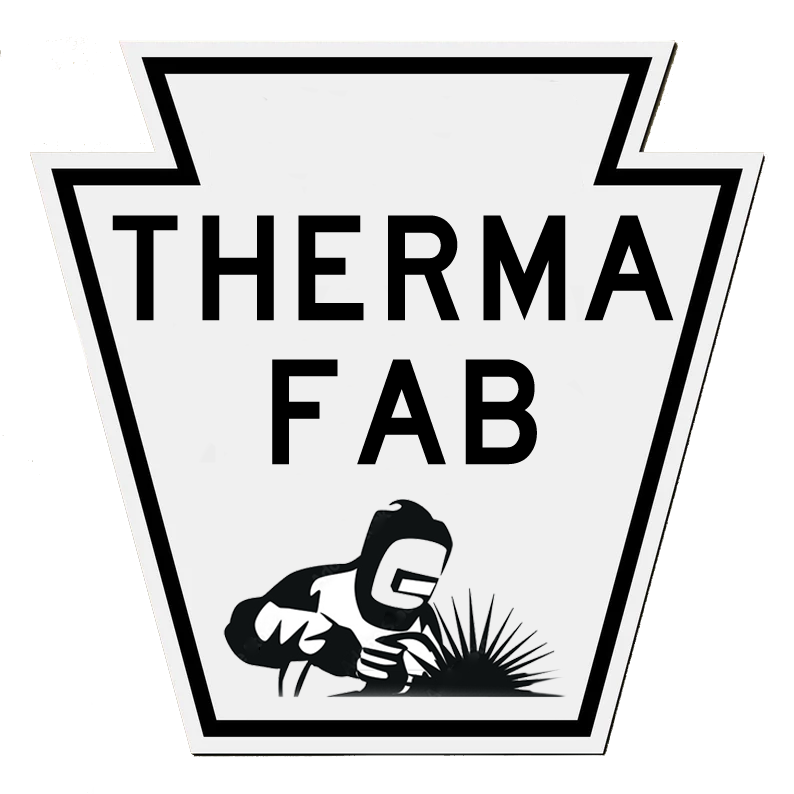Sand vs. Investment Casting: What Suits Your Project?
⚙️ Choose the right method for your metal masterpiece.
When it comes to casting, one size definitely doesn't fit all. The method you choose impacts cost, quality, and performance. Let’s compare two popular techniques: sand casting and investment casting—so you can make the best choice for your project.
Pattern Creation: A pattern or replica of the desired part is created using wax or another material that can be melted away. There is also a gate attachment to the part that is later removed (after its used to let metal flow into the mold).
Sand Casting: Tough, Fast, and Budget-Friendly
Sand casting uses compacted sand molds to shape molten metal.
Best for:
Large, simple parts
Fast production
Cost-conscious projects
Pros:
✔️ Lower cost per part
✔️ Scales up for huge components
✔️ Fast turnaround
Cons:
✖️ Rougher surface finish
✖️ Less precise
✖️ More post-processing needed
Assembly: These wax patterns are attached to a central wax sprue to form a tree-like assembly, which will eventually allow the molten metal to flow through the entire mold.
Investment Casting: Precision You Can Count On
Also called lost-wax casting, this method creates detailed, near-net-shape parts with ceramic molds.
Best for:
Small-to-mid parts
Complex shapes
High-precision needs
Pros:
✔️ Smooth finish
✔️ Tight tolerances
✔️ Minimal machining
Cons:
✖️ Higher cost
✖️ Longer lead time
✖️ Not ideal for large parts
De-waxing: Once the ceramic shell is sufficiently thick and dry, the entire assembly is heated in an autoclave or furnace to melt and remove the wax (hence the term "lost-wax casting"), leaving behind a cavity in the shape of the desired part.
The Bottom Line
Go sand casting for durability, speed, and budget.
Go investment casting for complexity, precision, and a flawless finish.
Not sure what fits your job? Let the experts at Therma-Fab help. We bring decades of casting know-how to every project.
Therma-Fab. Engineered to perform. Built to last.
Burnout: After the wax is removed, the ceramic shell mold is fired at a higher temperature to further strengthen it and remove any residual wax or moisture.
Casting: The ceramic mold is preheated, and molten metal is poured into the cavity created by the wax pattern. The metal fills the cavity and takes the shape of the original wax pattern.




